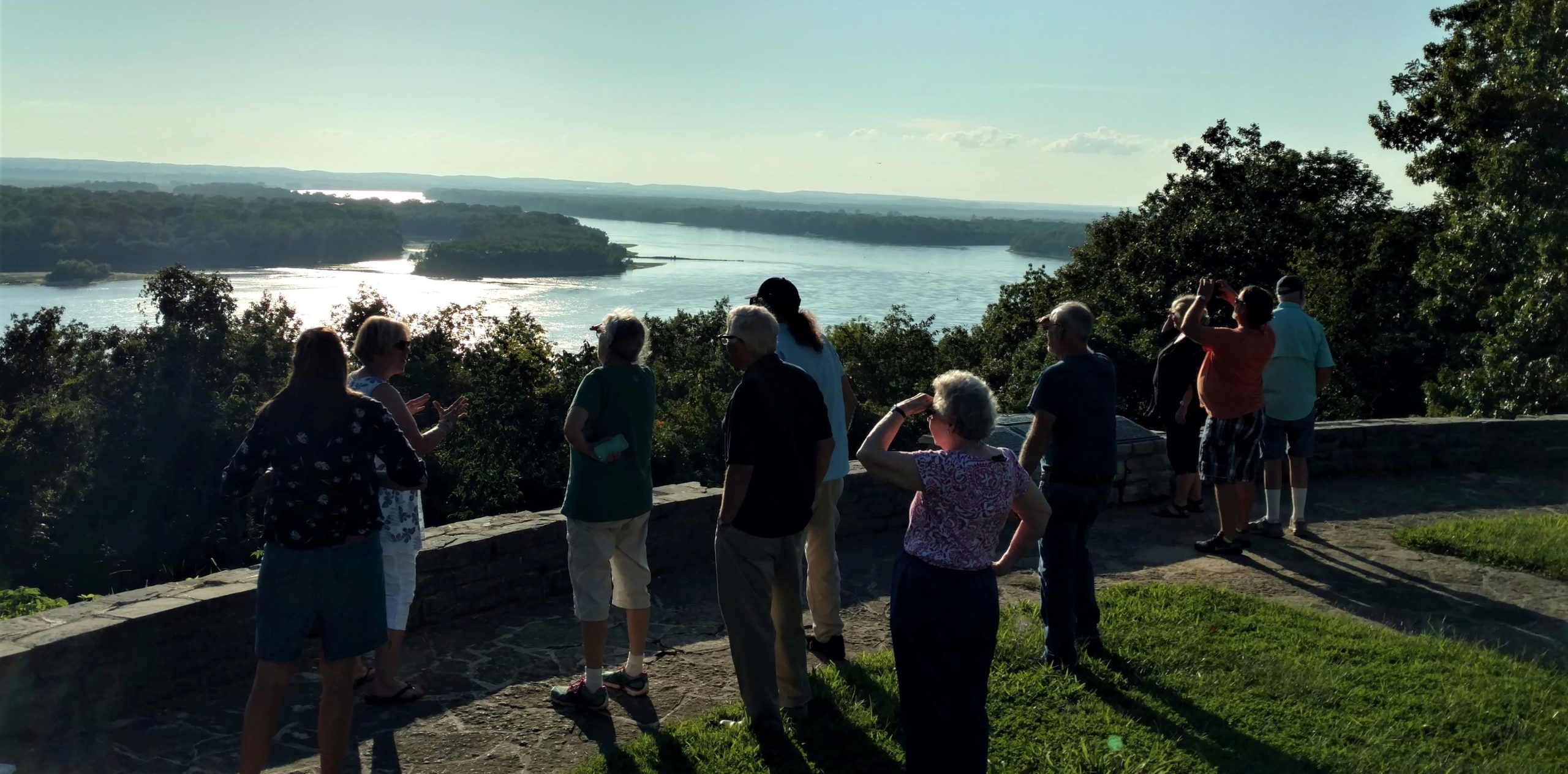Preface
As Illinois Humanities’ program manager for statewide engagement, I have the privilege of administering our organization’s participation in Museum on Main Street, a partnership between the Smithsonian Institution Traveling Exhibition Service and state humanities councils. Museum on Main Street not only enables Illinoisans to experience Smithsonian-produced exhibitions in their own communities but also gives the local cultural organizations that host those exhibitions opportunities to enhance their roles within their communities and regions, attract new audiences and volunteers, expand their knowledge and resource bases, and develop skills that can be applied toward future exhibitions and programs.
In 2018-19, in conjunction with the Illinois Bicentennial, we conducted a statewide tour of a Museum on Main Street exhibition entitled Crossroads: Change in Rural America, described in detail below.
I was deeply impressed by the locally focused companion exhibitions that the six organizations that hosted Crossroads developed and the community engagement activities that they undertook. It seemed to me that those exhibitions and activities, taken together, compellingly represented the evolution of rural life in Illinois over its two centuries of statehood. The intellectual content of the Illinois tour of Crossroads: Change in Rural America clearly deserved to be synthesized into a comprehensive document of some kind.

I began preparing to produce such a document in the summer of 2019, soon after the exhibition concluded. I interviewed each host organization’s project director(s), compiled notes and photographs, and did contextual research. My attention was diverted by several other events, however, including the arrival of a new executive director and other personnel changes at Illinois Humanities. Those were followed by the COVID-19 pandemic and other national crises that occurred in 2020-21, including reckonings with issues involving racism and policing, as well as our organization’s responses to them, which involved initiating new programs and modifying existing ones. Because of those developments, and because of the limitations of my time-management skills, I did not succeed in revisiting this project until December 2020—and even then, completing it and preparing it for publication took additional months.
During the time between the end of our Crossroads tour in June 2019 and the writing of this long-form essay in 2020-22, a new and eventful chapter—much of which is somber and disturbing—has been added to the story of change in rural Illinois. Nevertheless, I have written this commentary much as I would have if I had done so immediately after the tour concluded because I believe that what the Crossroads host organizations’ accomplishments indicated about rural Illinois as of the state’s Bicentennial remains relevant and warrants contemplation.
Matt Meacham
Edwardsville, Illinois
Spring 2023




